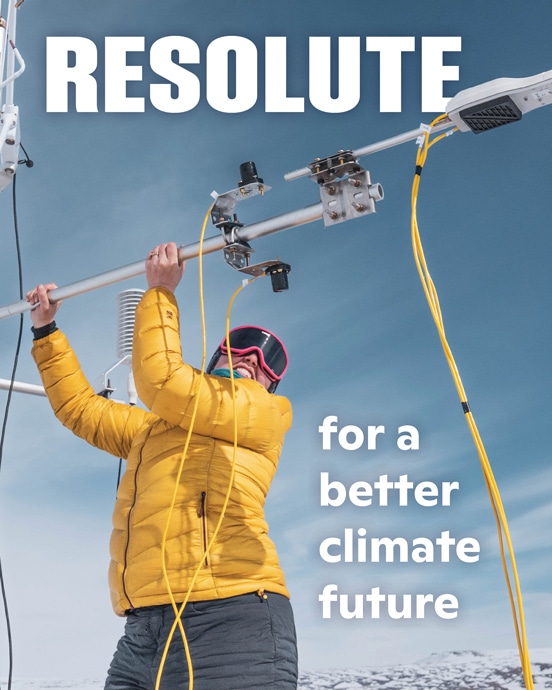Scientists explain why the record-shattering 2023 heat has them on edge. Warming may be worsening
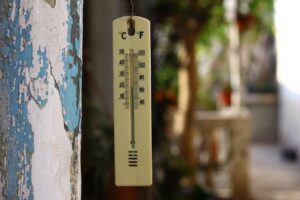
The latest calculations from several science agencies showing Earth obliterated global heat records last year may seem scary. But scientists worry that what’s behind those numbers could be even worse.
The Associated Press asked more than three dozen scientists in interviews and emails what the smashed records mean. Most said they fear acceleration of climate change that is already right at the edge of the 1.5 degrees Celsius (2.7 Fahrenheit) increase since pre-industrial times that nations had hoped to stay within.
“The heat over the last calendar year was a dramatic message from Mother Nature,” said University of Arizona climate scientist Katharine Jacobs. Scientists say warming air and water is making deadly and costly heat waves, floods, droughts, storms and wildfires more intense and more likely.
1.5°C is a physical limit: Here’s why this target can’t be negotiated
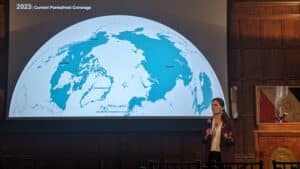
The 2023 El Nino year has taken global temperatures close to the 1.5°Celsius mark above pre-industrial levels and was the hottest year since records began. In response, the Global Collaboration Village (GCV), a World Economic Forum initiative, in partnership with Accenture and Microsoft, is convening leaders at the 2024 Annual Meeting to explore the global consequences.
The Village uses extended reality technology and immersion to bring the stark realities of the climate crisis to the forefront of global consciousness and explore appropriate response pathways.
Continue reading on the World Economic Forum’s website.
Valuing Indigenous knowledge in permafrost research
In the Canadian Arctic, two ambitious research initiatives try to strengthen climate data through community engagement.
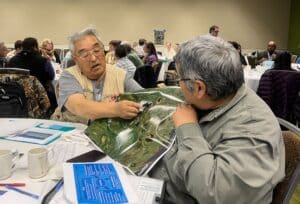
Over the last two years, Emma Street has taken trips to Canada’s North to places such as Tuktoyaktuk, a hamlet of less than a thousand people in the Northwest Territories, and Ulukhaktok, a small community on the west coast of Victoria Island. In these remote towns, Street, a Ph.D. student at the University of Victoria, has been meeting with Indigenous community members to learn about the Arctic’s changing landscape and how it is affecting their way of life.
“This is people’s lives and livelihoods and cultural connection,” said Street.
In March, she interviewed Irma and Ernie Francis, a Gwich’in couple who live in Inuvik, a town located about 120 miles north of the Arctic circle. Along the Mackenzie River, they saw houses sinking, the ground eroding beneath them. Community members shared how they’ve had to relocate due to the damage caused to their houses.
‘It’s a scary time’ as world shatters temperature record
And 2024 may bring more of the same.
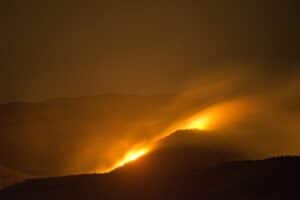
The Earth notched up its warmest year on record last year — but even that new peak is in danger of being surpassed in 2024.
The European Union’s Copernicus Climate Change Service confirmed a milestone Tuesday that scientists had long predicted: 2023’s average global temperature surpassed the previous peak set in 2016, and reached the highest mark since record-keeping began in 1880.
Earth shattered global heat record in ’23 and it’s flirting with warming limit, European agency says

Earth last year shattered global annual heat records, flirted with the world’s agreed-upon warming threshold and showed more signs of a feverish planet, the European climate agency said Tuesday.
The European climate agency Copernicus said the year was 1.48 degrees Celsius (2.66 degrees Fahrenheit) above pre-industrial times. That’s barely below the 1.5 degrees Celsius limit that the world hoped to stay within in the 2015 Paris climate accord to avoid the most severe effects of warming.
Read more on Associated Press News.
Weather whiplash, wildfire smoke, and flooding rains — a look back at the extreme weather of 2023
It’s been a wild ride, with weather extremes that had us running the Shop-Vac in our basements, seeking refuge from unhealthy air, and scratching our heads at a cold snap in the midst of a mild winter. Climate experts say there’s more to come.
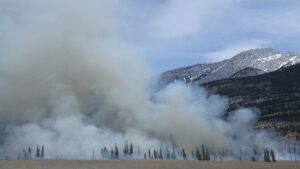
The past year has been marked by extreme weather across New England — punctuated by an extreme Arctic blast, followed by relentless rains that even now aren’t letting up.
Scientists say many of these events track with what’s expected with a warming — and already warmer — planet.
The mid-December storm, which inundated the East Coast under as much as 7 inches of rain and battered it with high winds, seems to be yet another bullet point in this relentlessly rainy year, which also has the distinction of being Earth’s hottest year in recorded history.
Read more on The Boston Globe.
Yes, the climate crisis is now ‘gobsmacking.’ But so is some progress
This is the year that “absolutely gobsmackingly bananas” summed up the climate emergency. But dramatic descriptors extend to the huge gains humanity has made too.
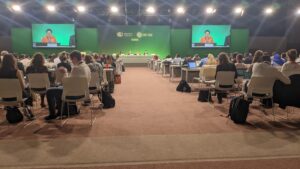
Scientists are running low on words to adequately describe the world’s climate chaos. The National Oceanic and Atmospheric Administration could already say earlier this month that there was more than a 99 percent chance that 2023 was the hottest year on record. That followed September’s sky-high temperatures—an average of 0.5 degrees Celsius above the previous record—which one climate scientist called “absolutely gobsmackingly bananas.” When one of this summer’s rapidly intensifying hurricanes, fueled by extraordinarily high ocean temperatures, leapt from a 60-knot tropical storm to a 140-knot Category 5, one scientist simply tweeted: “Wait, what???”
Here’s how experts graded US climate progress in 2023
Climate experts give the U.S. mixed grades on its efforts to mitigate climate change — but they all agree there’s room for improvement.

’Tis the season to be merry … and get graded. As students across the country anxiously await their report cards, we thought it would be a good time to ask climate experts to grade the United States’ efforts to address the issue over the last year.
They were more than happy to play along.




